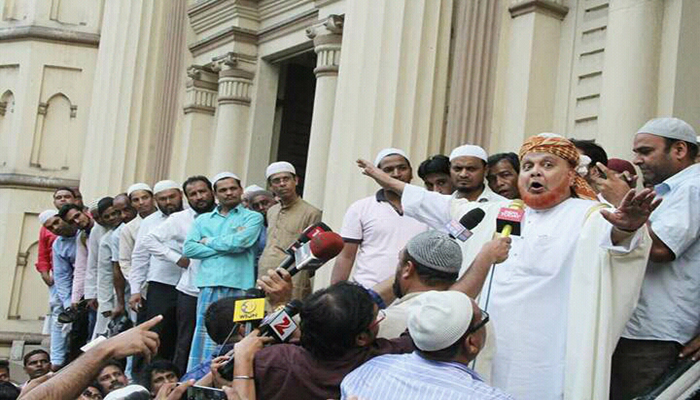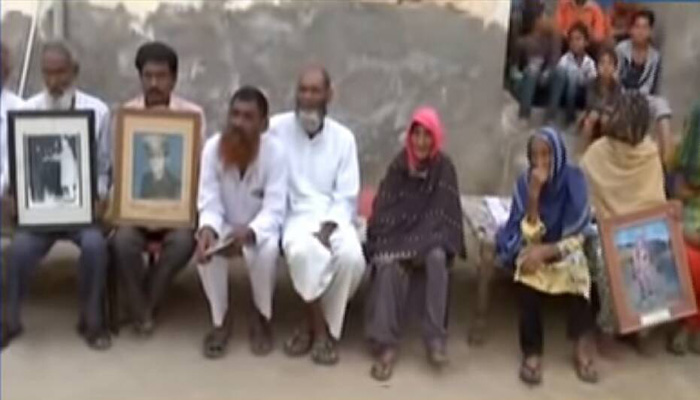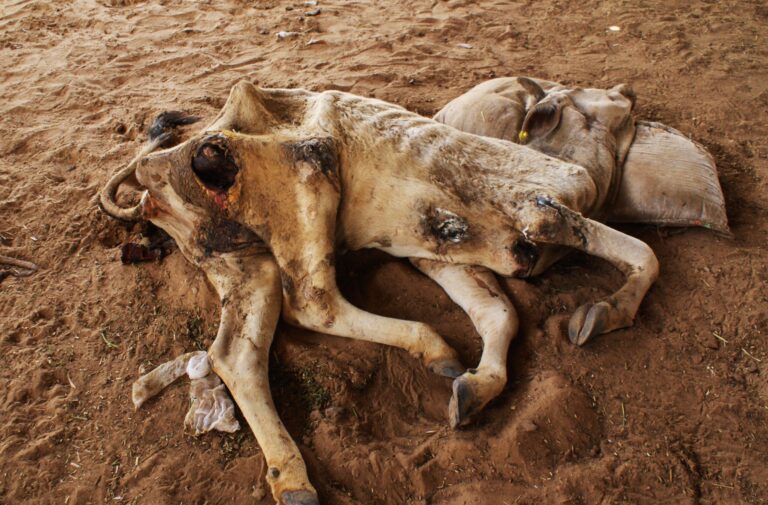Kolkata: It seems, the days of Nurur Rehman Barkati, the Shahi Imam of iconic Tipu Sultan Masjid is numbered, as the waqf estate trustee members have initiated the process for the removal of Barkati, the ‘fatwa cleric’ after he made the controversial anti-national comments. The trustees, who had earlier requested him to amend his ways, have had their fill, of the cleric, his political involvement, controversial statements and fatwas.
While the Islamic scholars have also raised a serious question on him being a Mufti and the sanctity of his fatwas.
Significantly, Barkati, the Imam of iconic Tipu Sultan Masjid, had not anticipated this uproar when he called a press conference to declare that Bengal as a state had laws different from other Indian cities. And that he wouldn’t be removing the red beacon, which according to him, had been granted to him by the “British”.
ABC of Barkati
Barkati, was recruited as Qari of Tipu Sultan Masjid, way back in 1989 on recommendation of Shahzada Anwar Ali, a descent of Tipu Sultan, who is also the mutawalli or caretaker of the Masjid, which happens to be a waqf property. Barkati’s father, who was a mufti, had been associated with the famed masjid, as its Imam.
Speaking to eNewsroom, Ali said, “He is a very shrewd person. He knows how to play his cards. Of what I know he isn’t a mufti nor is he the qazi for Tipu Sultan Masjid. He is the qazi of Manicktalla. He calls himself the chief Mufti of Bengal government. Now, tell me, is it possible in a democracy that any government would have such religious position?”
A closer look at the nameplate flaunted by Barkati reveals that in the first line he introduces himself as the chief Qazi and Mufti of WB government, but at the end merely calls himself Mufti Nurur Rehman Barkati, which is quite contradicting. Barkati, had earlier manhandled Ali on being refrained from using the masjid premise for press conferences. Following which the cleric has been giving his fatwas and views from the Kolkata Press Club.
It’s not just Ali who is at loggerheads with Barkati. The common Muslim public of Bengal, also lost its cool again. This time, a huge number of people gathered outside the masjid, hours after TMC leader coaxed the maverick religious leader to remove his beacon, only to rough handle him. However, the public assault didn’t seem to have shaken up the Imam of Tipu Sultan Masjid. Hours after the public assault, during a telephonic conversation with eNewsroom, when asked if he is actually a Mufti (according to Islamic law, only a Mufti can give fatwas) he declares, “Yes, I am a mufti.” On being asked, does he has any evidence? He snarled, “Are you the Kolkata High Court? Who are you to ask for evidence?” However, on being pursued, said the cleric that he did have the mark sheet.
Mufti Manzar Hasan Khan Ashrafi Misbahi, the chief Mufti of Madrasa Darul Uloom Ali Hasan Ahle Sunnat, Mumbai, claimed that Barkati is not a mufti. “I had issued a fatwa against him as this man only creates bad blood. A mufti, according to Islam, is entrusted with maintaining peace and decorum in the society. We were friends initially, and so far I know, he did not such study. Now he might have got a certificate from somewhere, as he is claiming to have, but that doesn’t make him one in the true spirit of the religion.”
Misbahi also elaborate on Barkati’s Chief Mufti claims, “To be a chief Mufti, you need to have a board, where you will have several other Muftis working under you, which definitely isn’t the case in Bengal. Strict action needs to be taken against him.”
Mufti Misbahi, is the same cleric, who had issued a fatwa against ISIS.
Rise of Kolkata Muslims against Barkati, the fatwa cleric
It’s been quite a while, since the Muslims have been groaning at the fatwas issued by Barkati. This time, the murmurs on social media were quite loud. The discontent was evident, but Barkati hadnt anticipated, that all this would take the shape of a mob fury. On Saturday, people outside the masjid gathered to teach the “Fatwa Cleric” of Kolkata a lesson. “We, the Muslims of Bengal, have shown India how Indians should treat any religous cleric who misuing his position for personal gain or to spread hatred,” posted Md Zim Nawaz. In another post, Salman Shahji posted pictures of the gathering outside Barkati’s residence. Seeing people’s anger, Barkati and his supporterslocked themselves inside his residence within the masjid.
Also members of the West Bengal chapter of Jammat-E-Ullema-e-Hind, the most influential body of Islamic scholars in India, were seen staging a protest against Barkati outside the masjid, on Saturday.
This is not the first time that Muslims have spoken against him, earlier this year, eNewsroom had exclusively reported about traders of Lenin Sarani going on a strike to protest against him.
Running out of steam
Barkati, the Imam of Tipu Sultan Masjid, is on the pay roll of the waqf property for years now. But during tenure as with the iconic masjid, he began strengthening his political clout, by issuing fatwas after fatwas and grew too big for his shoes. His journey as a fatwa cleric began under the CPI-M and gained momentum under the current government. Dropping in names, claiming to close to Chief Minister Mamata Banerjee are some of the cheap stunts that Barkati has always been good at.
However, Barkati, who takes his status, as the shahi imam seriously, seems to be running out of steam. Those allegedly endorsing his antics too seem to be distancing themselves from him.
“We are just fed up of him and his antics. He doesn’t seem to understand the fact that he is doing great damage to fabric of communal harmony of not just the state but the country also. His comments are being blown out of proportion to suit the agent of parties like Bharatiya Janata Party and the RSS,” said West Bengal Minister Siddiqullah Choudhary, who is also the head secretary of the Jammat.
On being asked why is CM not taking action against Barkati, he said, “Wait and watch. Law will take its course.”
Eviction from the status of Shahi Imam
The board of trustees of the Tipu Sultan masjid, which was built, by the grandson of the freedom fighter, during his exile in Bengal, too seem to be in a mood of terminating the ‘fatwa cleric’. “I had recommended him for this position and look how he is misusing his status. He even uses the Ashoka stamp, when he is not entitled to. He used to hold press conferences here in the masjid. We have reprimanded him many a time to not make such comments and even if he does, then he should not so it as the Imam of this masjid. But he has turned a deaf ear to our pleas. Hence I have recommended to the committee to have him removed,” said Ali.
On being asked, about the media being rife about Barkati already being terminated, he said, “Ours is a waqf property. He can’t be removed just like that. I think there has been some miscommunication. Our board is reviewing my recommendations and we are waiting for a legal opinion, before taking the plunge.”


















